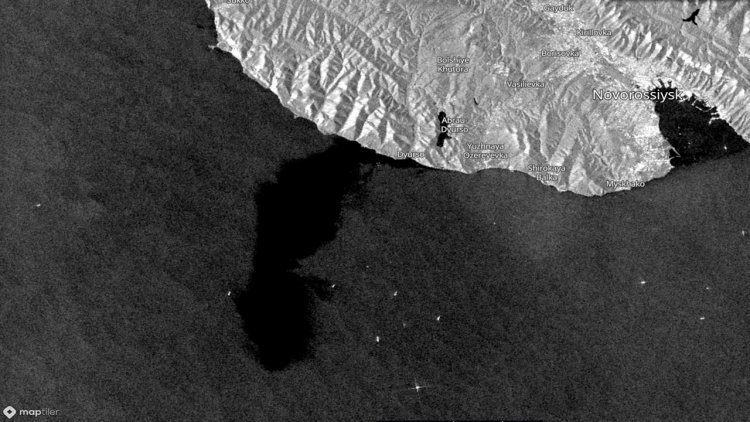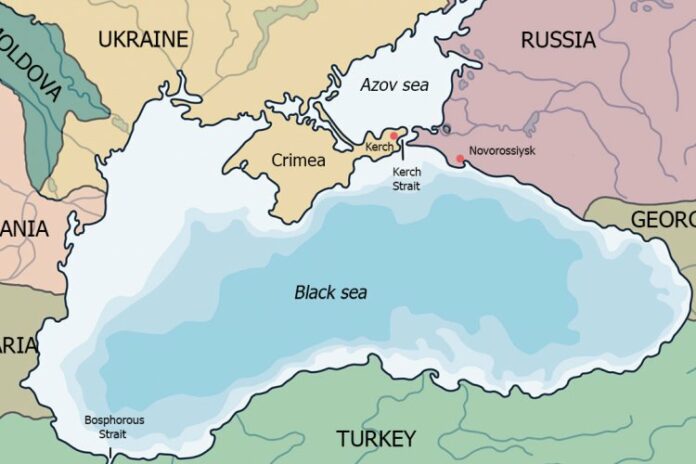Information about the incident in the Russian port of Novorossiysk appeared on August 7. It became known that the spill occurred at the oil terminal while loading the Minerva Symphony vessel.
According to initial data, the spill area was about 200 sq. m, and the volume of the oil spill is about 12 cubic meters. Later, environmental organizations including WWF Russia and Greenpeace reported that the area of the oil spill is 400 thousand times higher than declared. This was confirmed by the space images.
Russian law enforcement has launched an investigation, but as of August 17, no new information about the environmental disaster has been released. Thus, even 10 days after the incident, environmentalists from neighbouring countries do not have information on the extent and nature of pollution.
Viktor Komorin, Director of the Ukrainian Scientific Center for Ecology of the Sea (UkrSCES), said:
“Unfortunately, we don’t have our own data on this pollution. In turn, the Russian Federation did not provide the necessary information to Ukraine or anyone else. If we focus on information from the media, I can say that this oil spill will not reach the territories of Ukraine.
At the same time, it should be noted that we don’t know anything about which oil products got into the sea. If it is heavy fuel oil, then most of the heavy fractions will hit the bottom and will be a constant threat to the marine environment as secondary pollution. In this case, only a small part of these fractions as an emulsion will be distributed in the water column, be diffused in the sea.
If these are light fractions, then they will be carried by currents and winds on the surface of the water over fairly long distances. Consequently, it will harm not only the coast around Novorossiysk, but also the ecosystem including cetaceans, birds and fish.”

According to Viktor Komorin, it would be possible to control the movement of the spill and analyze the consequences of the leak thanks to the scientific institutions and facilities available in Crimea. Novorossiysk is only 160 km from the Kerch Strait and the Crimean peninsula. Moreover, Ukrainian ecologists already have experience in such critical situations. In 2007, during a very strong storm in the Kerch Strait, the five ships sank, some of them carrying dangerous goods, including oil. Then Ukraine used all its resources in Crimea to study the situation and scientists actively worked together with the Ministry of Emergencies.
Unfortunately, such work is impossible now. After Russia had occupied Crimea in 2014, Ukraine lost all scientific bases located on the peninsula.
Victor Komorin explains:
“In Crimea, we had three large institutions – the Marine Hydrophysical Institute and the Institute of Biology of the Southern Seas in Sevastopol, as well as the Institute of Fisheries in Kerch. After 2014, they were transformed and subordinated to Russia, and we do not know much about what is happening there. Communication with the local scientists has also stopped, the results of their research are not available. Therefore, we are deprived of the opportunity to do our job to the fullest.
In this case, we can only make measurements of seawater and bottom sediments in the Black Sea, which is completely controlled by Ukraine. Based on this, we can conclude whether this oil spill affects our part of the sea.”
by Iryna Umanets



